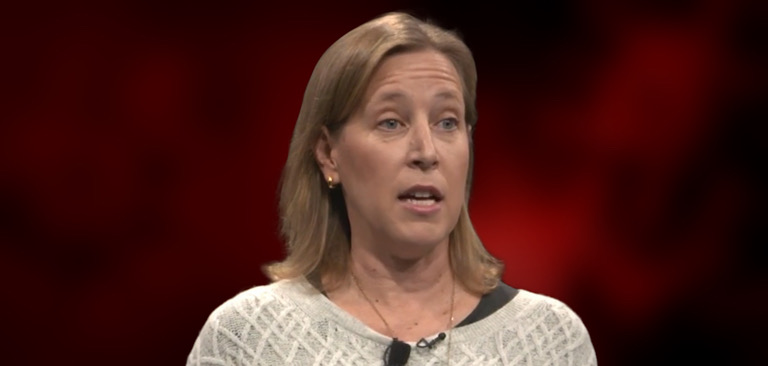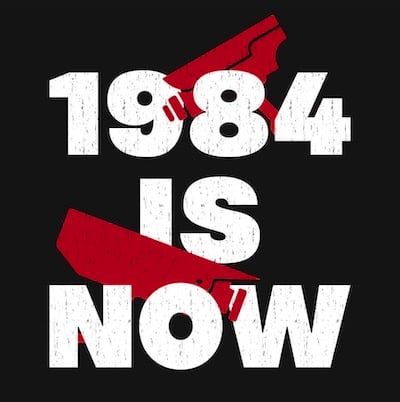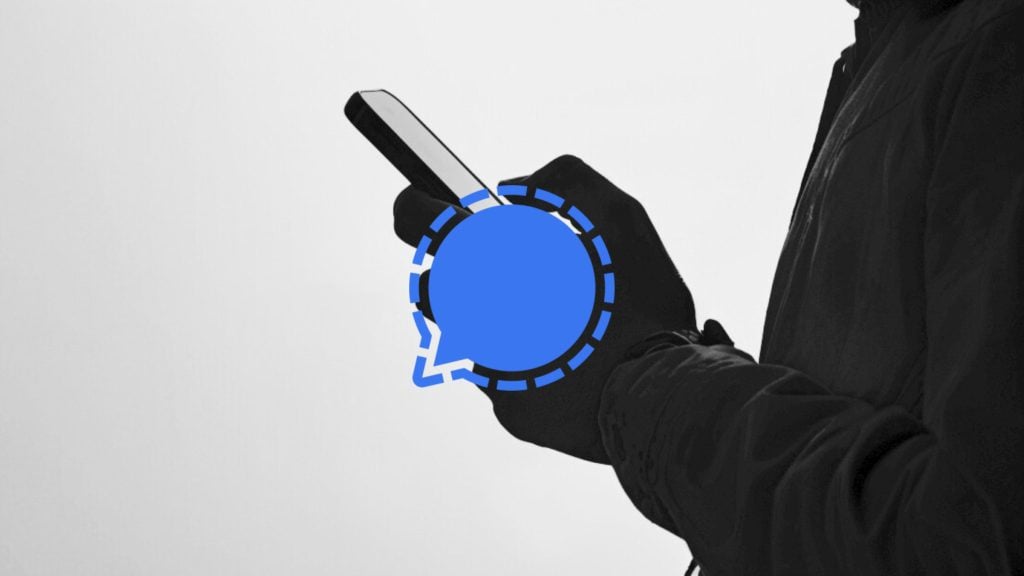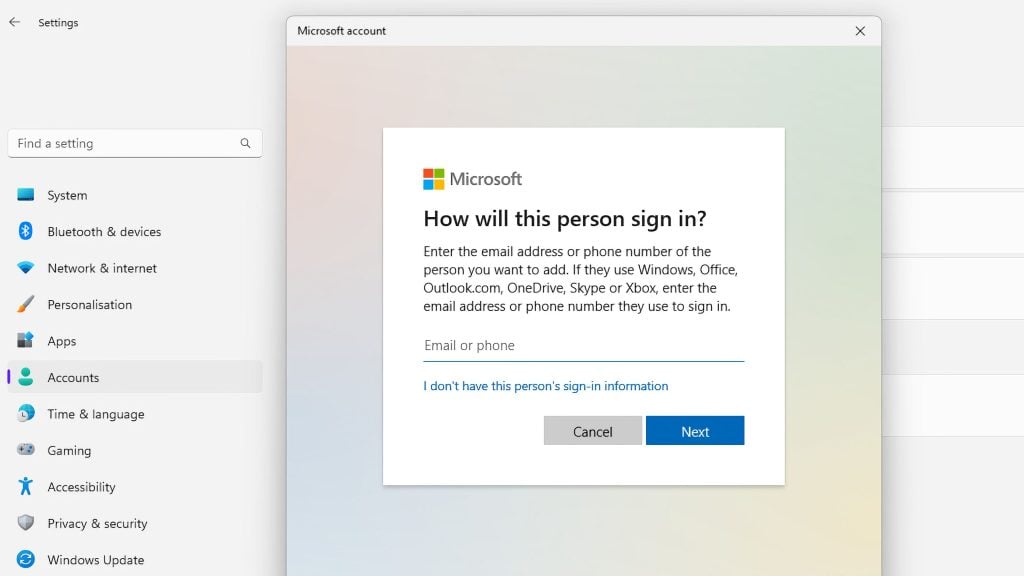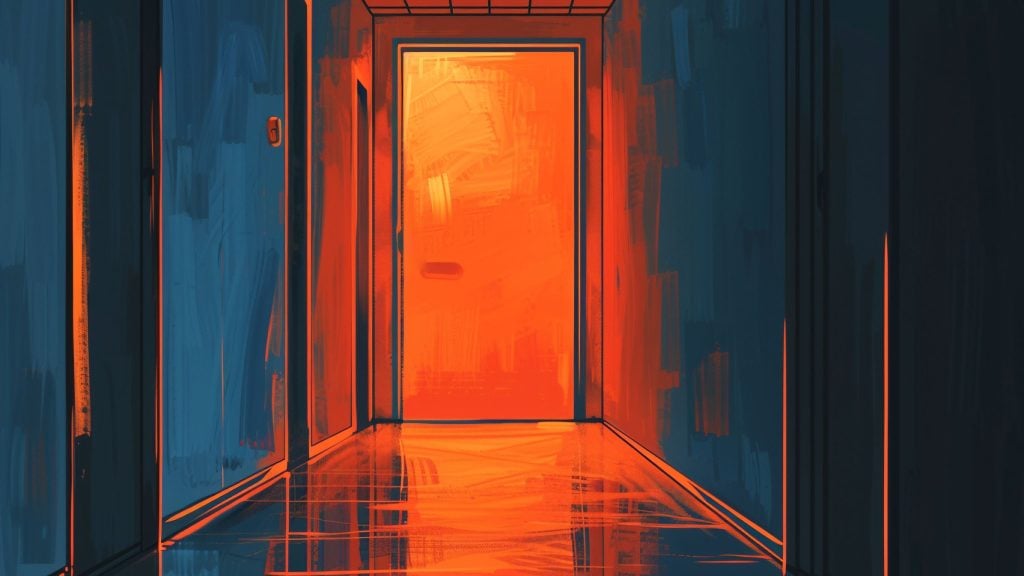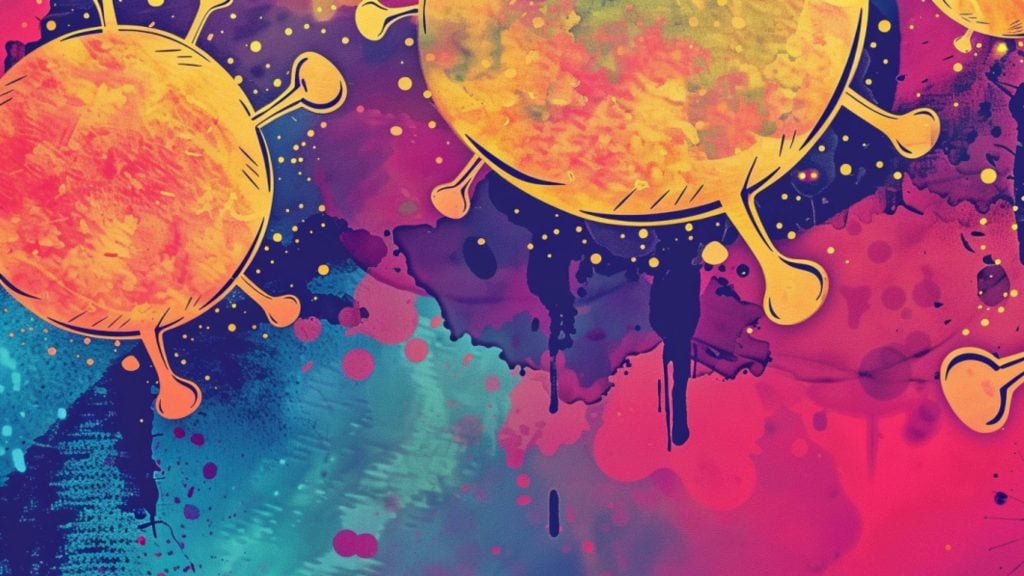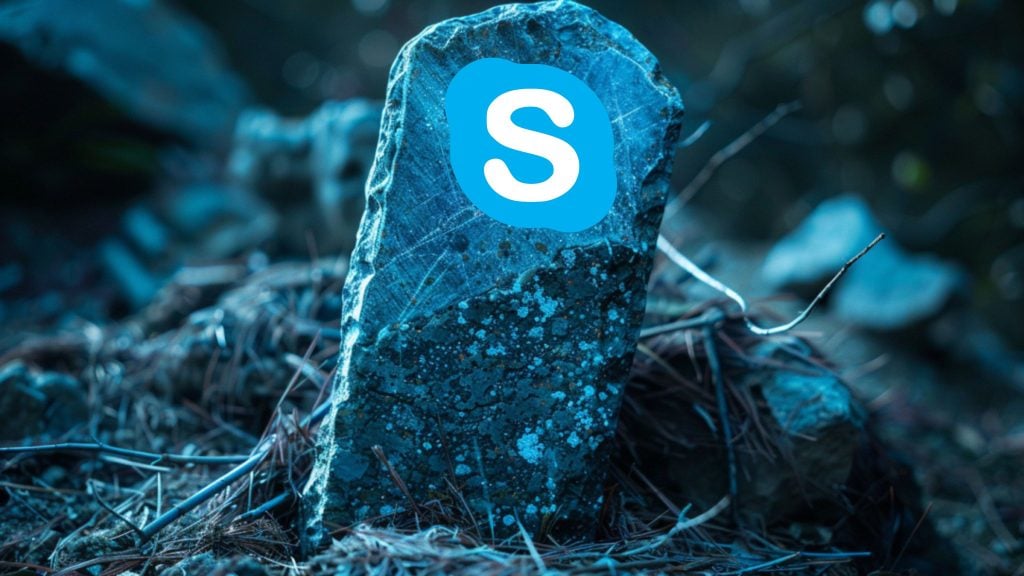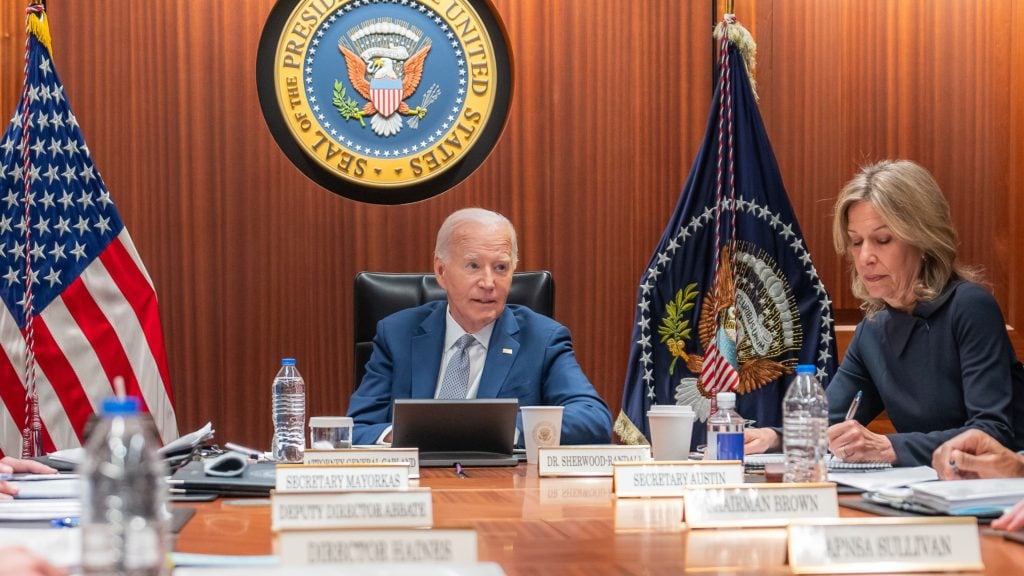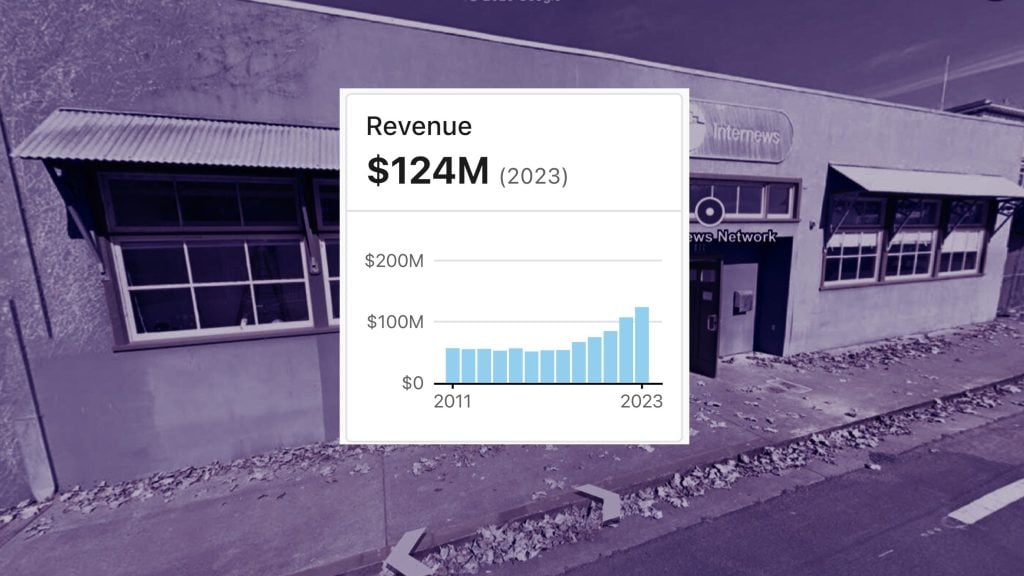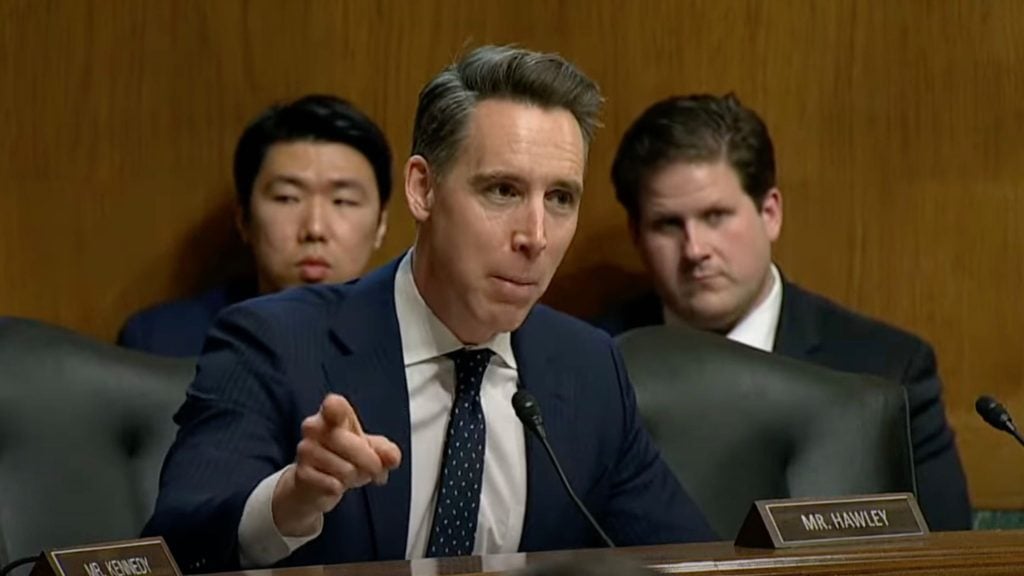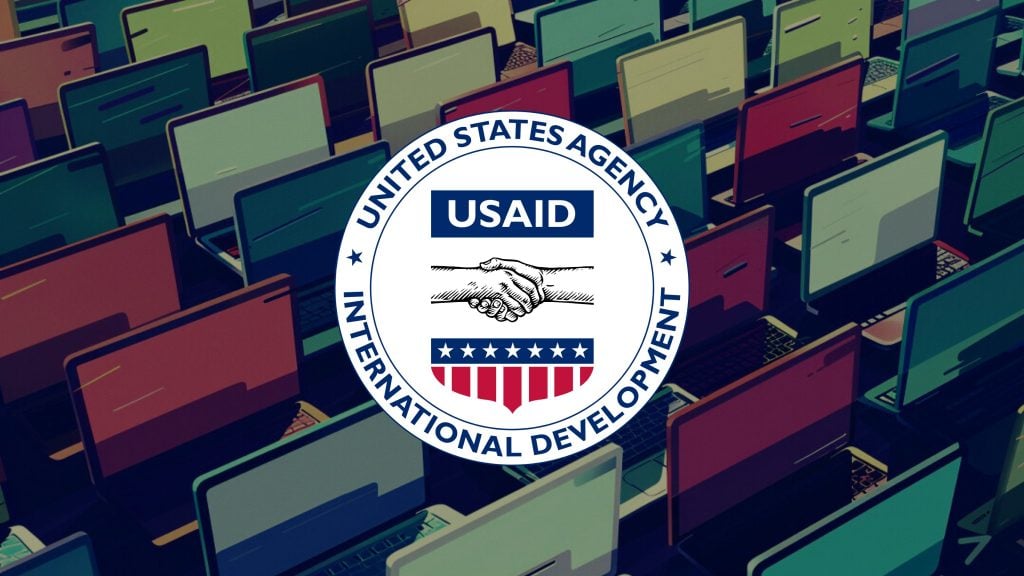During an interview on Bloomberg’s Leadership Live With David Rubenstein, YouTube CEO Susan Wojcicki clarified why the company has started to reinstate some coronavirus videos from doctors that were initially taken down and suggested that media coverage determines whether videos get restored.
Rubenstein asked Wojcicki about a doctor that recently got a lot of attention for his YouTube videos on healthcare and medicines related to COVID-19 and asked why some of his videos were taken down and then reinstated.
While Rubenstein didn’t name the doctor he was referring to, he appears to be describing California pulmonologist Roger Seheult who posts medical lectures about the coronavirus to his YouTube channel MedCram.
Seheult recently had five of his videos taken down before YouTube reinstated the videos and admitted it had made a mistake.
Rubenstein quizzed Wojcicki on whether this type of situation and verifying the accuracy of what somebody is saying is an ongoing problem for YouTube.
Wojcicki responded by stating that while she’s not sure which doctor he’s referring to, there have been “a few videos that have been in the news.”
She then went on to describe the YouTube policies that led to the takedown of videos like this:
“If someone is recommending any kind of treatment that would be harmful like bleach or something that we know would lead to a bad outcome, that would be a violation of our policy.
Anything that would cause people to take medically unsubstantiated treatments, so someone theorizing about some treatment, that would be a violation of our policies.”
Some of Seheult’s videos covered the drug hydroxychloroquine and YouTube presumably deemed them to be either “medically unsubstantiated” or “theorizing about some treatment” when they were taken down.
However, in a confusing caveat, Wojcicki then added:
“If a news organization is covering it, it could be reinstated because it’s got context and there’s news associated with it but just a video by itself of someone speaking into the camera saying take this medicine and that’s something that we know is medically unsubstantiated, and again we consult with many experts, all kind of local health authorities around the world, then that would be something that would be a violation and we would take it down.”
Rubenstein’s question was specifically about the takedown of videos produced by doctors so Wojcicki appears to be suggesting that media coverage, rather than the merits of what a doctor says or their background in the field of medicine, is the main factor driving YouTube’s decisions to reinstate videos.
YouTube has consistently reiterated its commitment to boosting mainstream media outlets that it deems to be “authoritative” sources and recently revealed that its coronavirus news shelf, which highlights coronavirus news from authoritative sources on its homepage, has been viewed over 10 billion times.
It has also aggressively enforced its policies against what it deems to be coronavirus misinformation by banning a wide range of coronavirus content including anything that goes against the World Health Organization (WHO) and anything that “might” encourage people to ignore stay at home advice.
These existing policies have proved controversial because they often shut down debate about the coronavirus and only allow one side of the argument to be heard.
But this latest revelation that news coverage of a doctor’s video could lead to reinstatement because it supposedly adds “context,” makes the rules around coronavirus content on YouTube even more confusing because it’s giving more weight to media coverage than the actual content of the video.

